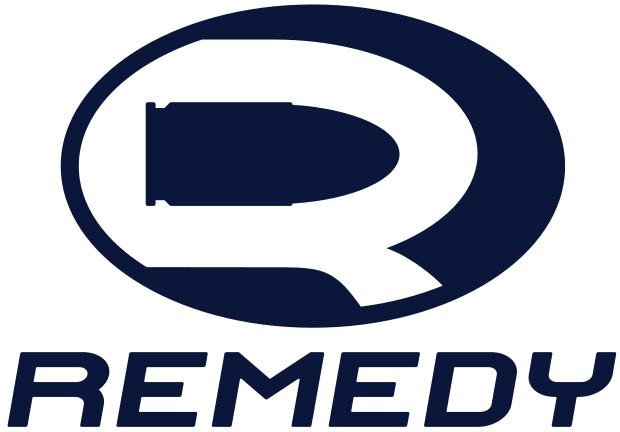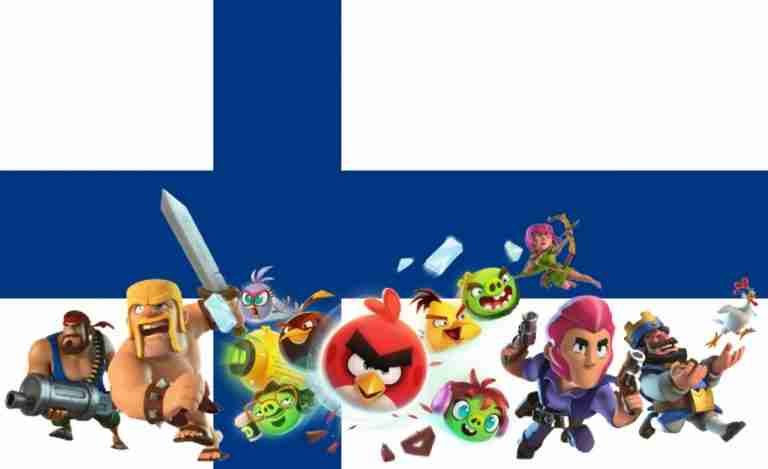The early days of game development in Finland
Just like technology, Finland has had a big influence on the gaming industry. There have been many successful companies and popular games that have been played by billions of people. Game development started in Finland during the early days of gaming, when gaming was still a small niche with hobbyists making games for fun in their basements. The idea of game development ever becoming a professional career seemed impossible, but a small but passionate community persisted and paved the way for gaming to grow.

Source: Wikimedia
The first video game published by a Finnish developer was a chess game released in 1979 called Chesmac. It was made by Raimo Suonio on a microcomputer called the Telmac 1800 (Source: Wikipedia). Little did Raimo know that his game would be the start of a thriving industry that would reach every corner of the world.
The next phase of the gaming industry in Finland would then start with the wider adoption of personal computers like the Commodore. Game publishing for the Commodore would then start in 1984, when Amersoft, a subsidiary of the Finnish conglomerate Amer, joined the game and started publishing games in Finland. Learn more about Amersoft’s history.
Game development would remain focused on the personal computer. Finnish game developers didn’t get into early console development until much later because of the high licencing costs that the Nintendo NES and SNES had.
In the 1990s, gaming started to gather more steam with the demoscene, which is a computer subculture where people create small demos, e.g., games or visual presentations. It was started by an event called Assembly, which has brought developers together and is still around to this day with yearly gaming events happening in Helsinki. Learn more about Assembly.
The First Game Studios
The first professional game studios were established in 1993, called Terramarque and Bloodhouse. They were later merged together two years later to form Housemarque, which still operates today and was recently acquired by Sony. The studio is known for its arcade-like, fast-paced games like Super Stardust, Resogun, and the recently released high-budget Returnal.

And then the famous Remedy Entertainment was founded, with their first title being developed in their parent’s garage with people from the demoscene. Thanks to the success of their first game, which was a rally game called Death Rally, they managed to move to a real office space, where they went on to create Max Payne, which became a huge success worldwide on the PlayStation 2, PC, and Xbox. Remedy’s focus has been on cinematic games with high budgets. The studio worked with Microsoft Studios and released the highly acclaimed Alan Wake and Quantum Break. Despite many offers, Remedy still remains independent and is listed on the stock exchange.

Both Remedy and Housemarque have been hugely successful and are still thriving to this day. With new games on the horizon, the success story of these studios will no doubt be continued, and we will get to enjoy more great games.
Mobile Gaming Revolution
After the success of the PC and Console markets, some new Finnish game studios started developing games for mobile devices. The first success came with the pre-installed game that came with a Nokia phone and was called Snake, which many of you probably remember.
After the success of Snake, it took a bit of time for Finnish developers to hit gold again, but they managed to finally do it with the game developed by Rovio called Angry Birds, which was their 51st game. Angry Birds then went on to kickstart a revolution in mobile gaming not only in Finland but also worldwide. The game inspired new people to get into game development and completely new studios to be founded.

One new game developer that was founded as a consequence was Supercell, which became one of the most successful companies in Finland and in the whole gaming industry. With the release of Clash of Clans and later Hay Day, Clash Royale, and others, Supercell managed to reinvent mobile gaming and figure out a way to monetise players and keep them coming back every day. While the model has sparked criticism from some within the gaming industry for being pay-to-win, the overall success and popularity prove that the positives outweigh the negatives. Supercell was acquired by the Chinese company Tencent, and even with tougher competition, its games remain some of the most popular mobile games.

After the successful launch of Angry Birds, Rovio doubled down on the series and focused on creating new games in the series. The games were then expanded to new media with TV shows and two-feature films. While the popularity of Angry Birds has decreased since its peak, it still remains a popular brand worldwide. Rovio was recently acquired by the Japanese publisher SEGA behind the Sonic the Hedgehog franchise, so it’ll be interesting to see where the company and Angry Birds go.
Conclusion
Thanks to the success of all of the game developers in Finland there is now a thriving industry of talented game developers and studios in Finland with games ranging from huge AAA games to small indie developers that are loved by people all around the world.
It will be exciting to see where the gaming industry is going in Finland and what other success stories we’ll witness in the future. So, join me in the examination of the stories that I’ll be covering about the past and the future of the industry.
Thank you for reading!
